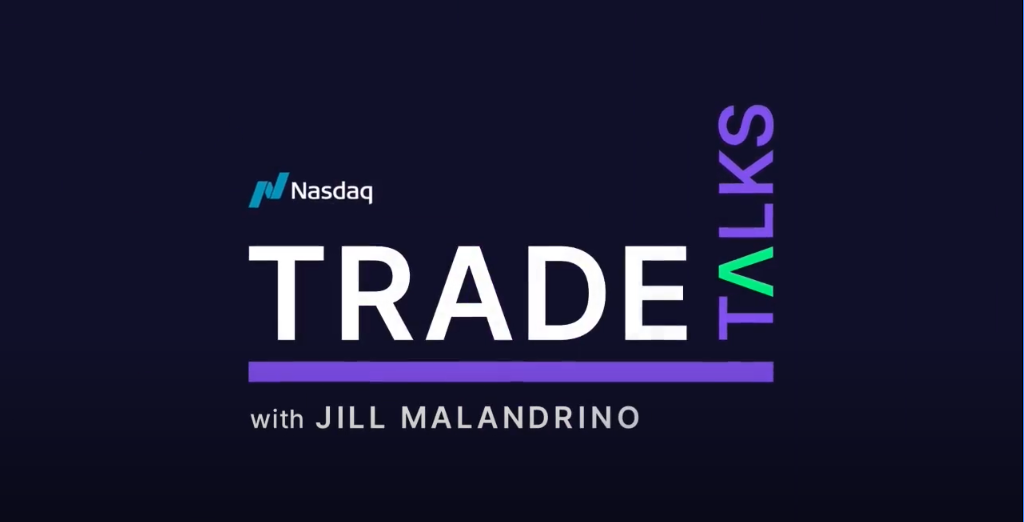Are Your Goals Incenting Risky Behavior?
 Recent news has been filled with reports of bad behavior that has been linked to goals and incentive systems. Most recently it is Wells Fargo, but prior to that it was Mylan and before that it was Volkswagen. Most organizations want to grow and add value for stakeholders, and goals play an important role in that process. The tricky part is determining the appropriate level at which to set the goals, and assessing the consequences of failing to meet the goal.
Recent news has been filled with reports of bad behavior that has been linked to goals and incentive systems. Most recently it is Wells Fargo, but prior to that it was Mylan and before that it was Volkswagen. Most organizations want to grow and add value for stakeholders, and goals play an important role in that process. The tricky part is determining the appropriate level at which to set the goals, and assessing the consequences of failing to meet the goal.
Setting goals that are too aggressive with dire consequences for failure to achieve is clearly not a path to success, but even modest goals have the potential to incent questionable behavior or even fraud. Further, this is not an issue that only arises in the context of bonus arrangements or is limited to for-profit corporations. Even when there is no direct tie to compensation, it is human nature to want to be successful and win. I have seen instances where nonprofit organizations have had to deal with employees who have gamed the system in order to reach a goal of serving more constituents. Greater thought needs to be put into analyzing the potential actions – good and bad – that employees may take to achieve goals, and then developing ways to prevent or provide early detection of potential harmful actions that may be employed to reach a goal.
A project management technique referred to as a “pre-mortem” analysis may be a good way to begin to test what risky activities your goals could incent. In this type of analysis, you are envisioning that the worst possible outcome has already occurred and then you are backtracking to analyze what could have caused such an outcome. Take a specific goal, for example increasing sales of product X, and ask: what are the ways in which an individual might “game” the system or what unethical sales tactics might be employed in order to increase sales of product X? Envision the newspaper headline of the “bad behavior” that employees resorted to in order to sell more of that product. Once you have identified the potential “bad behavior”, the next step would be to identify ways in which such behavior could be prevented or detected as early as possible.
Corporate culture is almost always the starting point for prevention of risky or questionable business practices, so it is important to make an honest assessment of your corporate culture. Is winning at all costs part of the culture, or is it clear that integrity and ethics come first? Having a code of ethics and a hotline for reporting issues is a necessary element but it is clearly not enough. All three of the companies mentioned above had codes of ethics and hotlines for reporting, and while it is possible that hotline tips helped to uncover the issues, there was still significant damage.
Beyond corporate culture and hotline reporting, consider other means of detection. Is one area or part of your organization knocking it out of the park while other areas are struggling? A closer look at the “successful” group may be in order. Perhaps periodic audits of a sample of transactions that “count” towards goal achievement could be employed. Many organizations have final results relative to annual goals audited prior to the payment of incentive compensation, but earlier and more in-depth auditing would be needed to uncover questionable tactics that may have been used to meet goals.
Now may be a great time for your organization to consider how its compensation and incentive plans might create unacceptable risky behavior.
Original Article Source: “are your goals incenting risky behavior?” Bonnie Hancock, ERM Initiative.
As Executive Director of North Carolina State University’s ERM Initiative, Bonnie Hancock works closely with senior executives as they design and implement enterprise risk management (ERM) processes in organizations they serve. That hands-on advising leads to insights about techniques useful in addressing a number of practical challenges associated with ensuring ERM processes are value adding without over-burdening the process. In this article, Bonnie addresses detection techniques to minimize risky behavior.


